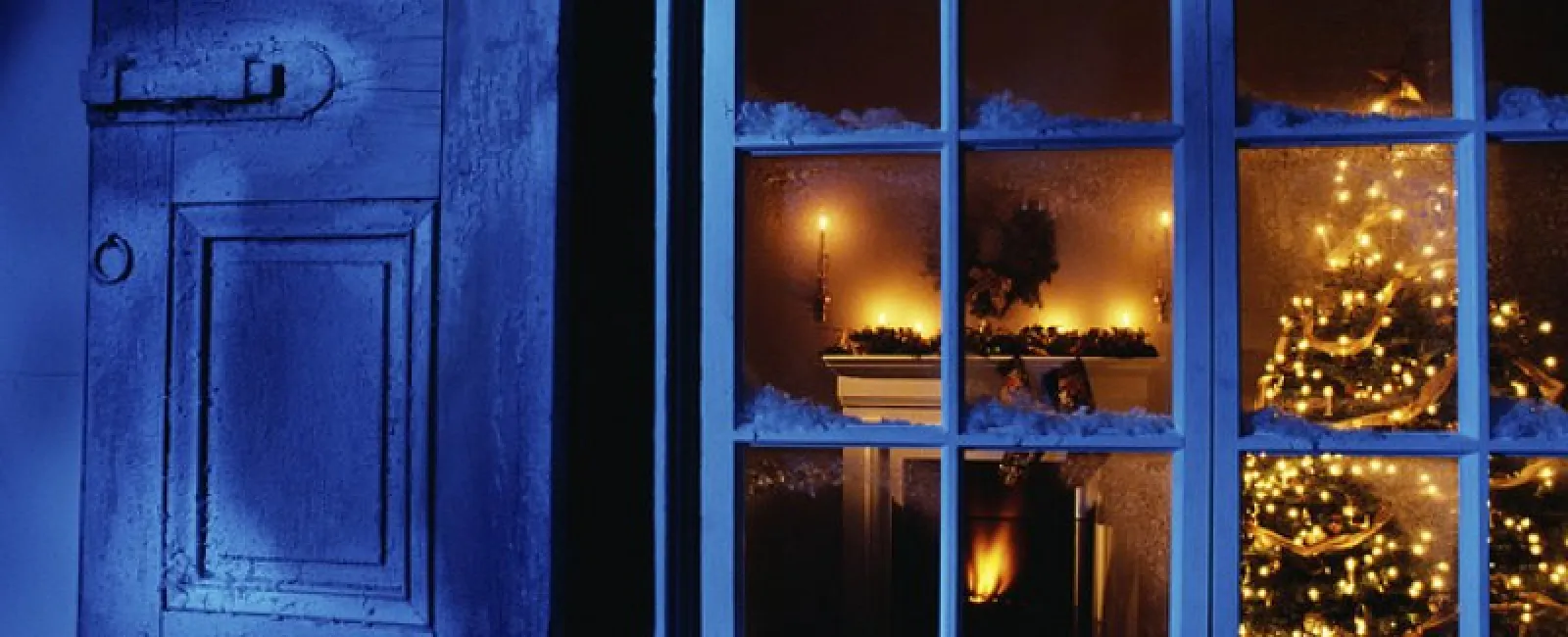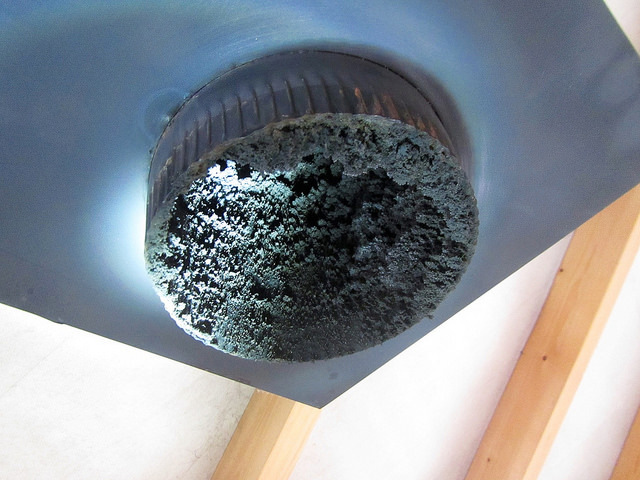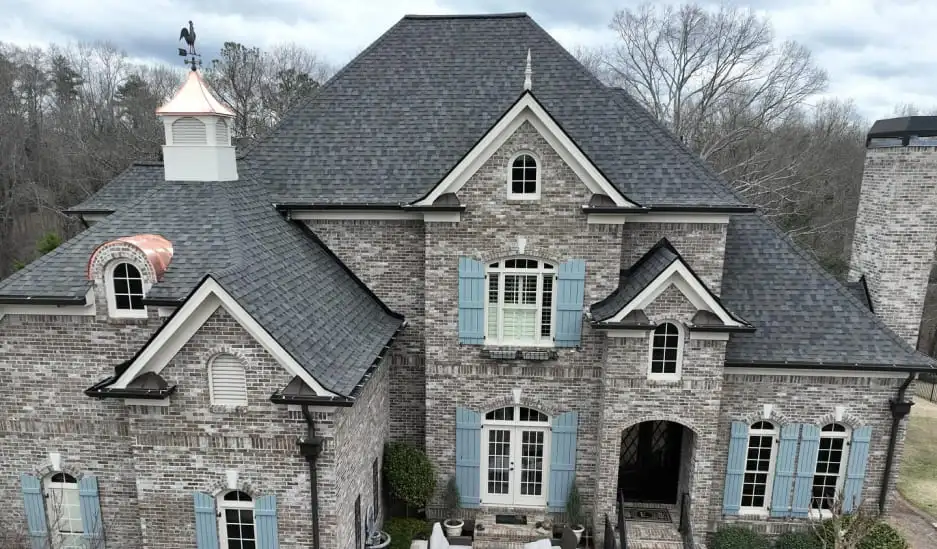Want to make sure that your chimney is ready for a blazing winter fire just when you need it most? Here’s what to check for both safety and comfort before you start lighting matches.
Inspect the Flue Damper
The flue is the channel through your chimney through which smoke travels. The damper is a sliding cover right above your firebox that opens and closes across the flue. The damper is very important to controlling airflow to a fire—and preventing the fire from growing too large. A poor damper creates a very dangerous fireplace. Make sure that your flue damper can fully open and close with ease. When closed, the damper should fully cover the flue with no cracks or openings at all: Dampers typically have a lining, a bit like weather-stripping, to help close off the flue entirely.
Check the Firebox and Hearth
The firebox is the box (usually metal, sometimes stone or brick) that your flue is connected to; your wood does the actual burning on a metal grate. The firebox should be undamaged, with no cracks or flaws. Likewise, search the rest of your hearth for damage. Cracks, missing bricks, and mortar problems are all signs your fireplace may need to be inspected.
Guard Your Floors
Most in-use wood fireplaces have a spark guard, or a grate that prevents sparks and embers from leaping out of the fireplace and onto the floor. However, if you have an old fireplace or a fireplace used primarily for decoration, your fireplace may not have a spark guard. If this is the case, you need to install one before using the fireplace. One bad gust of wind or unintended crackle, and you could have burning coals all over your floor.
Check for Damage
Conduct a visual inspection of the chimney, both indoors and on the roof. Look for any obvious signs of damage – more cracks or missing bricks, a stack that slants to one side, and damaged mortar as these things are bad news, especially on the outside. Why? They allow moisture to enter your stack. Also note if you have a cap on your stack or not. A cap protects against snow, rain, wind, bird nests, and more: It’s a necessity for a working fireplace in most regions, so plan on installing a cap if you don’t have one.
Clean out Your Chimney Properly
Grab a flashlight and your work clothes, and take a look both up and down your flue. Look for soot, but also keep an eye out for creosote, a thicker, rougher, coal-like layer that can build up over time. You know how clay becomes brick when heated correctly? Well, ash becomes creosote. This substance is responsible for a whole lot of bad home fires, and it’s very difficult to get rid of. If you have a dirty flue, especially with creosote, skip the DIY and think about hiring a professional chimney cleaner.







